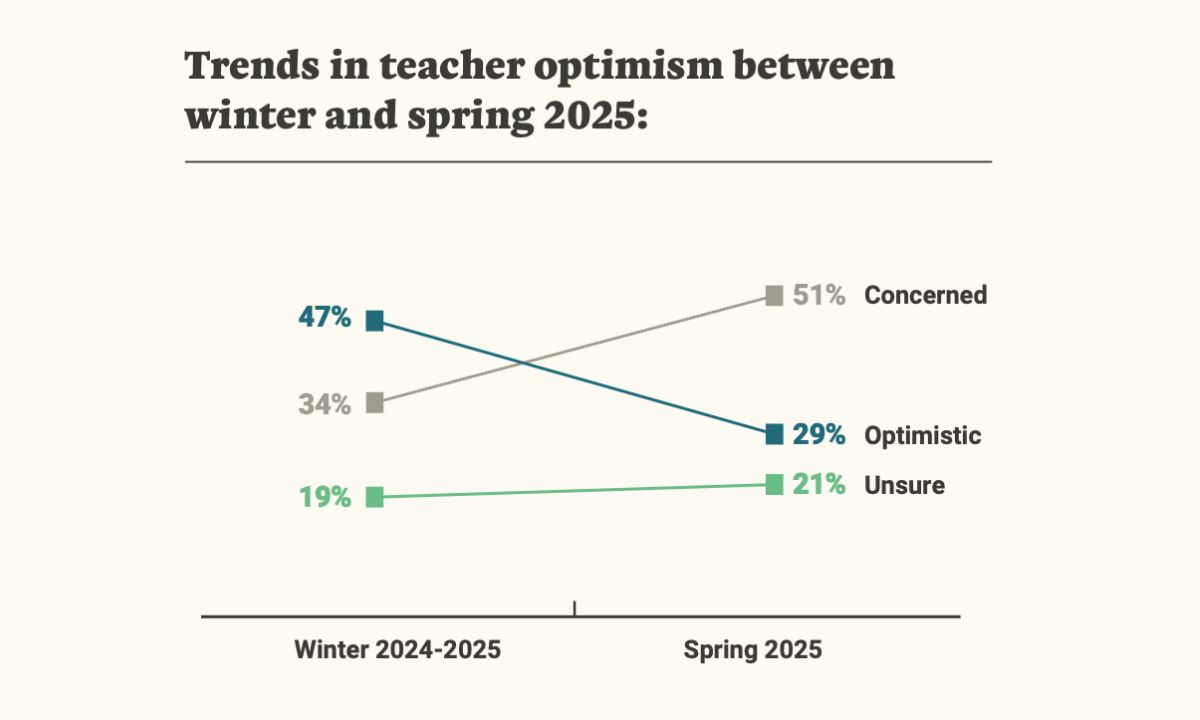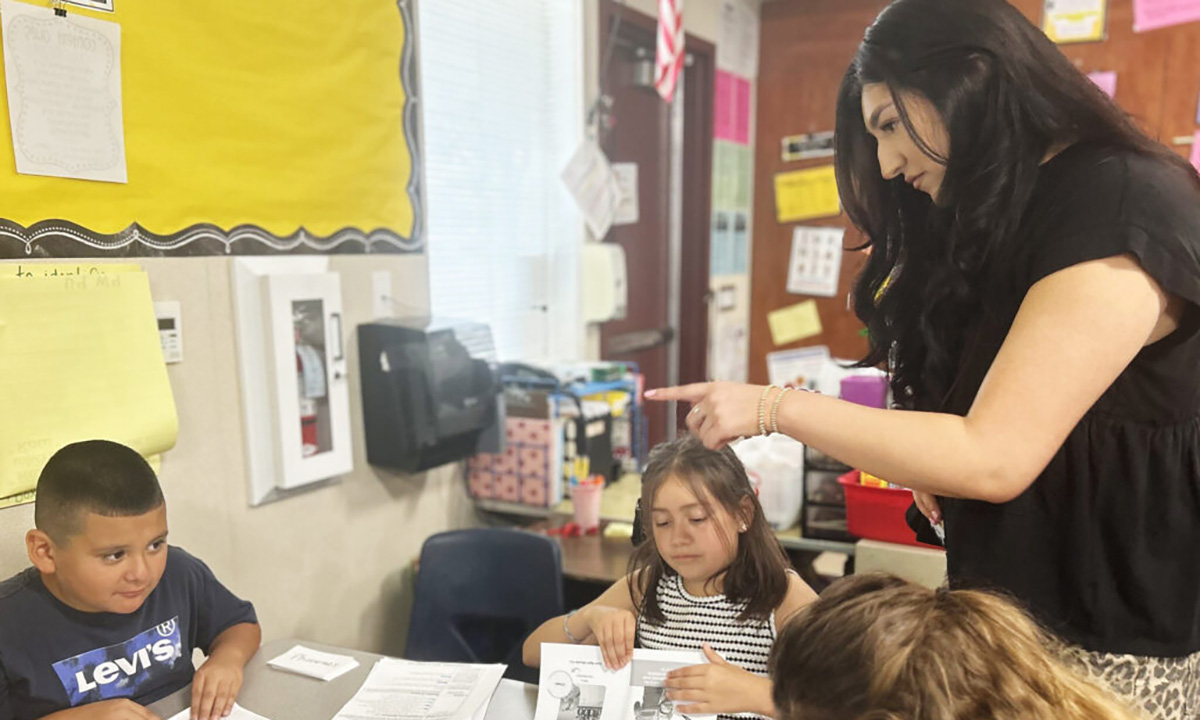One of the most pressing and misinterpreted indicators that kids are having difficulty connecting with their education or are dealing with serious issues outside of it is chronic absence. In certain districts, more than half of the pupils skipped 18 or more school days last year, and nearly one in three did so. This issue was not brought on by the epidemic, but it was made worse by it. The absenteeism rate was approximately 16% prior to COVID-19. It nearly quadrupled to 31% by 2021–2022. Although attendance has somewhat increased since then, rates are still 75% higher than they were prior to the epidemic and continue to decline in the worst affected neighborhoods.
Schools cannot address this issue with lectures or sanctions. When I first tried to persuade a kid to improve their attendance, I frequently got slow eye rolls, frustrated sighs, and no change. I now see that I wasted time arguing with pupils for missing class. Building schools that students want to attend, that families are proud to choose, and that give instructors confidence is the only way forward, according to what I’ve learned and now impart to other school administrators.
My team at Harlem West Middle School, which is a part of the Success Academy network, stopped considering absenteeism a compliance issue while I was the principal. We recognized it as a cultural problem. Many students just didn’t feel like they belonged at school enough to make going worthwhile, even when others were dealing with mental health issues, housing instability, or taking care of family members.
Families were no different. Parents faced challenges due to employment, transportation, and financial limitations. Their child’s absence was caused by the intricacies of life, not a lack of concern.
In order to help students get the most out of their school day, my professors and staff had to identify the factors that were preventing them from attending or participating completely.
Giving students greater control over their school was one of the most significant and surprisingly straightforward changes we made. By making daily announcements, conducting research and delivering news articles, giving school-wide updates, or interviewing classmates—often showing their own talents—they influenced how we began our mornings. In addition, they developed interesting student-run clubs like chess, drama, and literature clubs, as well as student-organized competitions and leadership opportunities within the school community. They also provided ideas for rewarding friends.
We made it a point to chat to and, more importantly, listen to pupils as they arrived at school rather of yelling at them. In order for them to go, we inquired about the appearance and atmosphere of the school. We didn’t lead with suspicion or reprimands when students returned from absences. We conveyed the idea that you are important and belong by saying, “We missed you yesterday.” These reconnections weren’t overly planned seminars or official interrogations. They took place in the spaces between when they were walking to class, sitting next to each other in the canteen, or assisting with event setup. Soft questions like “What have you been up to?” were the starting point of the best conversations. or What’s good? or How did you feel about [insert a local event]? In order to establish a connection, I frequently asked students for assistance: Can you help me with these? We made quiet times to chat or simply spend time together by walking shoulder to shoulder. The value of the quiet was sometimes equal to that of the words.
We put in just as much effort to get families back involved. We utilized drop-off and pick-up times for younger children as organic chances to bond without requiring additional travel or alterations to the timetable. We made it a priority for older kids to attend athletic events and performances in order to listen and learn, not just to be noticed. In order to restore trust, we asked families what excited their children, what worried them, and what they needed from us.
These discussions were recorded, and we brought them up during our regular meetings with our leadership and teaching personnel. We created responses that were uniform across classrooms there by searching for trends. These included individualized letters or progress celebrations, explicit attendance acknowledgment shoutouts to kids by name during morning meetings, and flexible academic support time when students could catch up, study in peace, or receive focused assistance during the school day. These weren’t brand-new initiatives; rather, they were everyday decisions made by our staff, who were based on close relationships with students and provided them with the opportunity and time to be genuinely involved and focused.
I apply those skills to assist teachers use attendance as a lever to create stronger schools in my current role as executive director of K12 Coalition. This comprises academic redesign, leadership coaching, and strategic planning that puts an emphasis on engagement, enrollment, and improved results.
I’ve observed low-cost, high-impact tactics that are effective across the nation, such as welcoming every kid each morning, giving students a voice through clubs and leadership positions, and organizing occasions for peers to celebrate one another. Because they prioritize the individuals inside the building, these cultural improvements are effective.
Threats or rewards won’t address chronic absenteeism. However, it can be remedied by creating schools that attract pupils. School administrators are the first to take action. I urge all principals, district leaders, and administrators to create a school where they would be honored to send their own children. Students will attend a school if they believe it is worthwhile.









